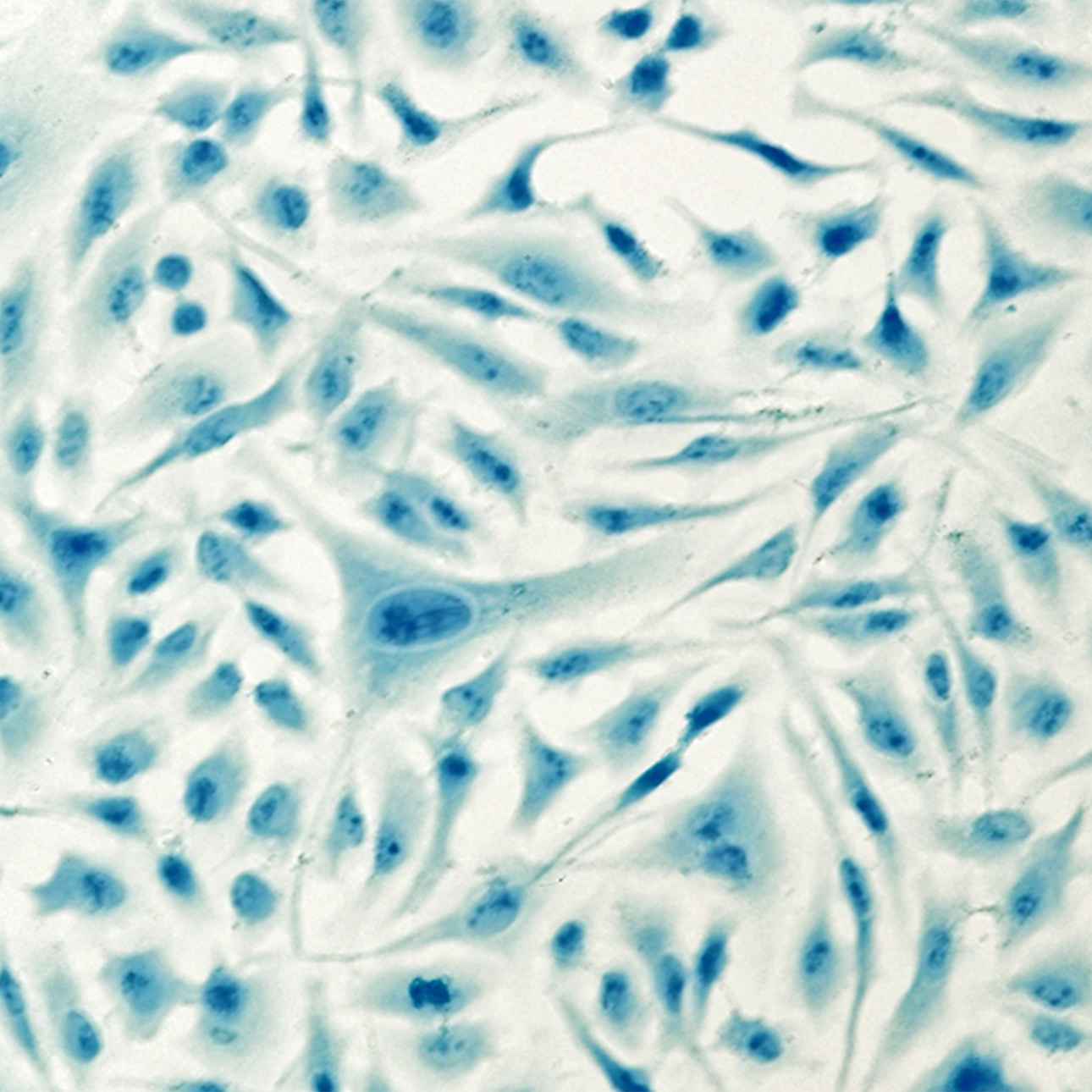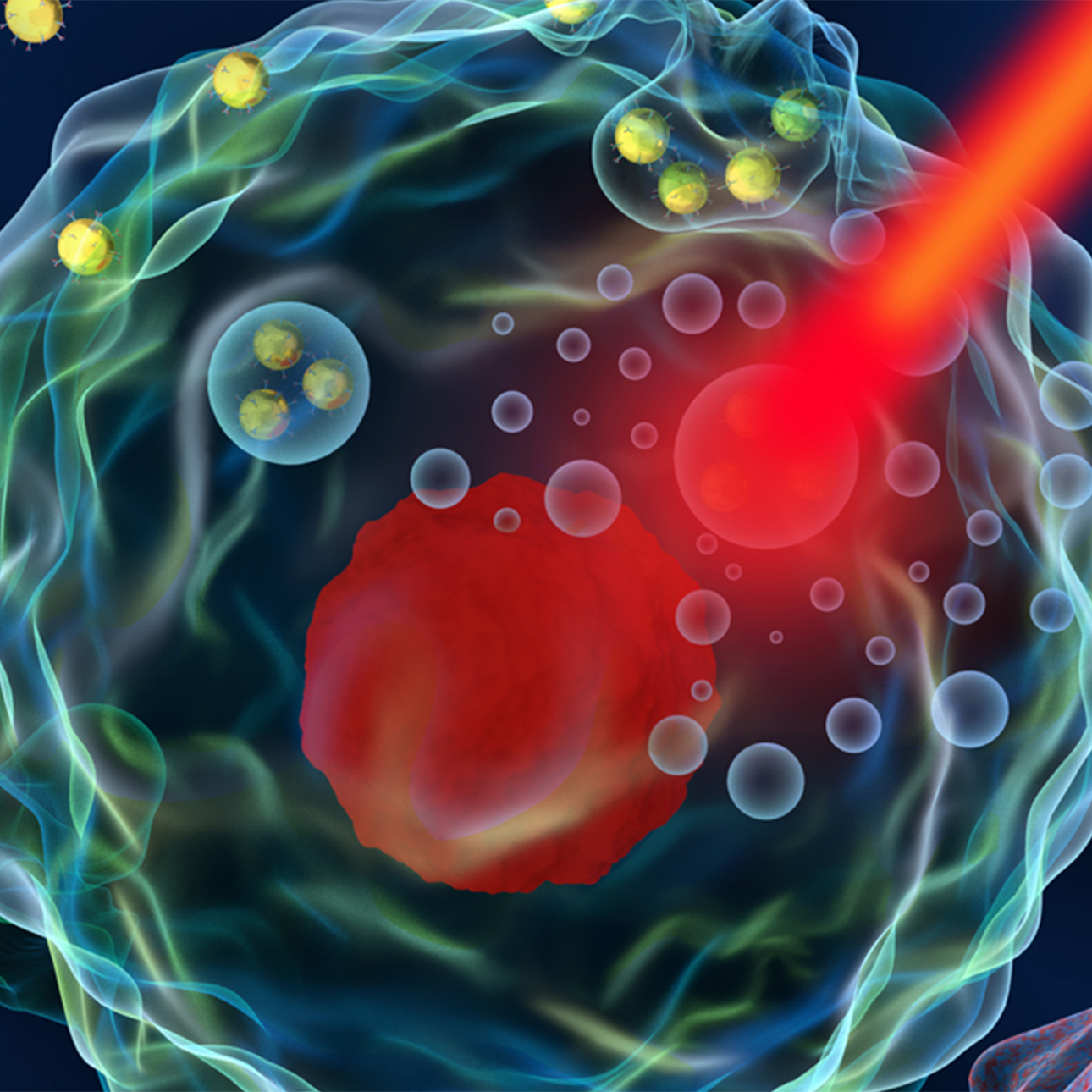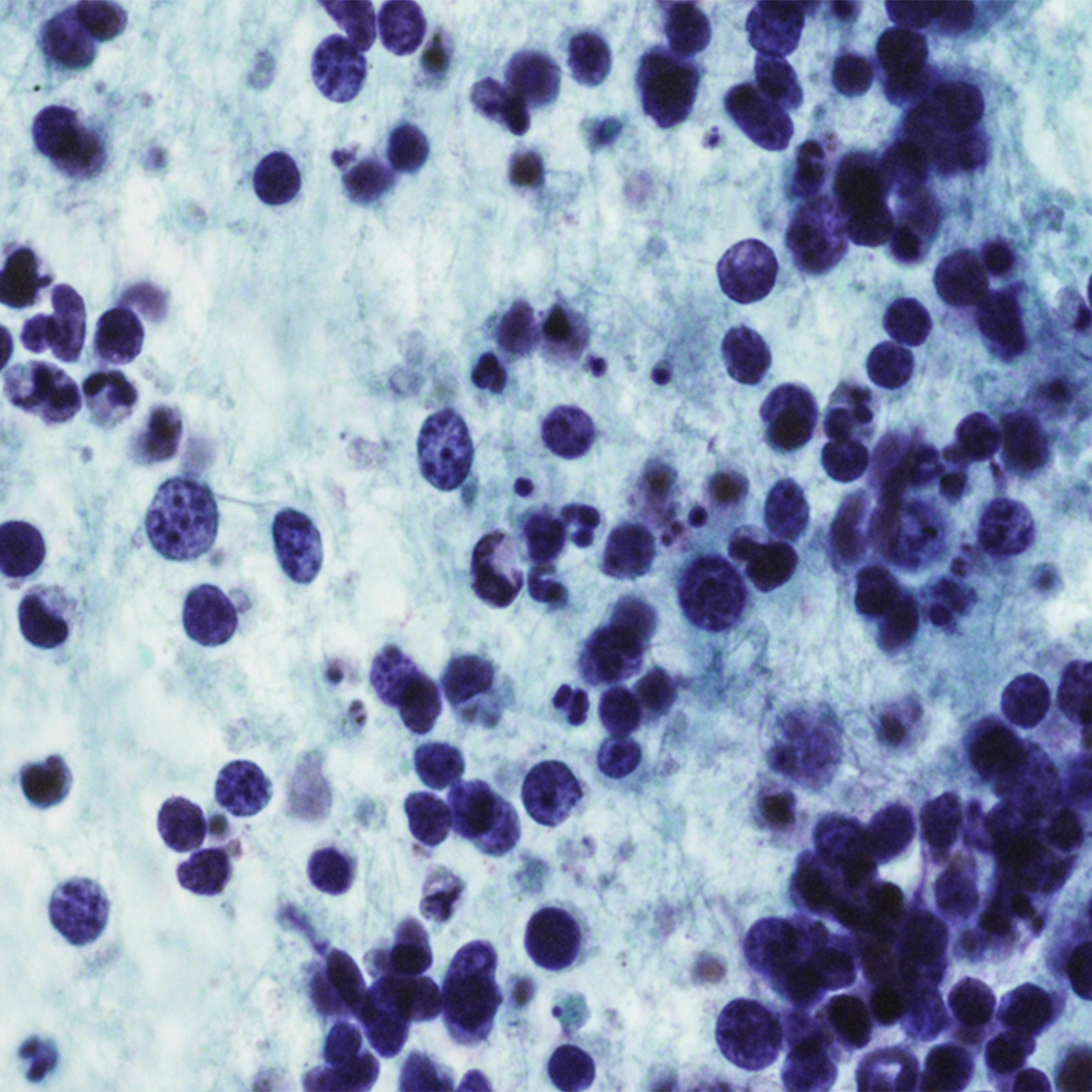
Surgery
Most women with uterine cancer have surgery to remove the uterus through an incision in the abdomen — this procedure is called a hysterectomy. If the doctor also removes the fallopian tubes and the ovaries, this procedure is called a bilateral salpingo-oophorectomy.
Hormonal Therapy
If the cancer has spread to other parts of your body, synthetic progestin, a form of the hormone progesterone, may stop it from growing. The progestin used in treating endometrial cancer is in different doses than the progestin used in hormone replacement therapy for menopausal women. Some different medications may be used as well.
Treatment with progestin may be an option for women with early endometrial cancer who want to have children and therefore do not want to have a hysterectomy. However, this approach is new and does not guarantee that the cancer will not return.
Radiation Therapy
Radiation therapy uses high-energy rays to damage cancer cells and stop them from growing. It is a localized treatment, which means that it works to attack cancer cells in one area. The radiation may come from a large machine, called external radiation, or from radioactive materials placed directly into the uterus, called implant radiation. Some patients receive both types of radiation therapy.
UCSF Health medical specialists have reviewed this information. It is for educational purposes only and is not intended to replace the advice of your doctor or other health care provider. We encourage you to discuss any questions or concerns you may have with your provider.
Treatments we specialize in
-

Brachytherapy (HDR & LDR)
Radioactive material is placed inside a tumor or very close to it to treat the tumor and spare healthy tissue.
Learn more -

Hyperthermia (HT)
Heat is used to kill small cancer tumors and to enhance the effectiveness of radiation and chemotherapy.
Learn more -

Hysterectomy
Several hysterectomy surgical approaches are available to remove the uterus and resolve fibroid symptoms.
Learn more -

Intensity-modulated radiation therapy (IMRT)
The advanced technique focuses strong radiation on the tumor and spares surrounding healthy tissue.
Learn more


















